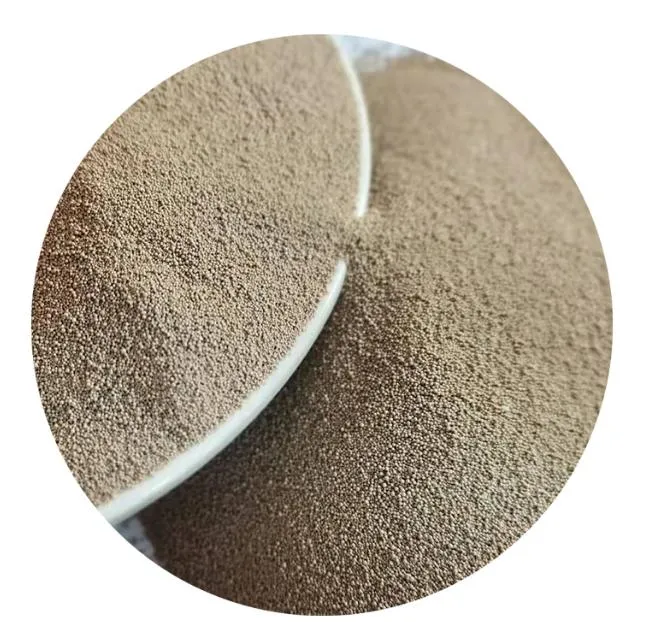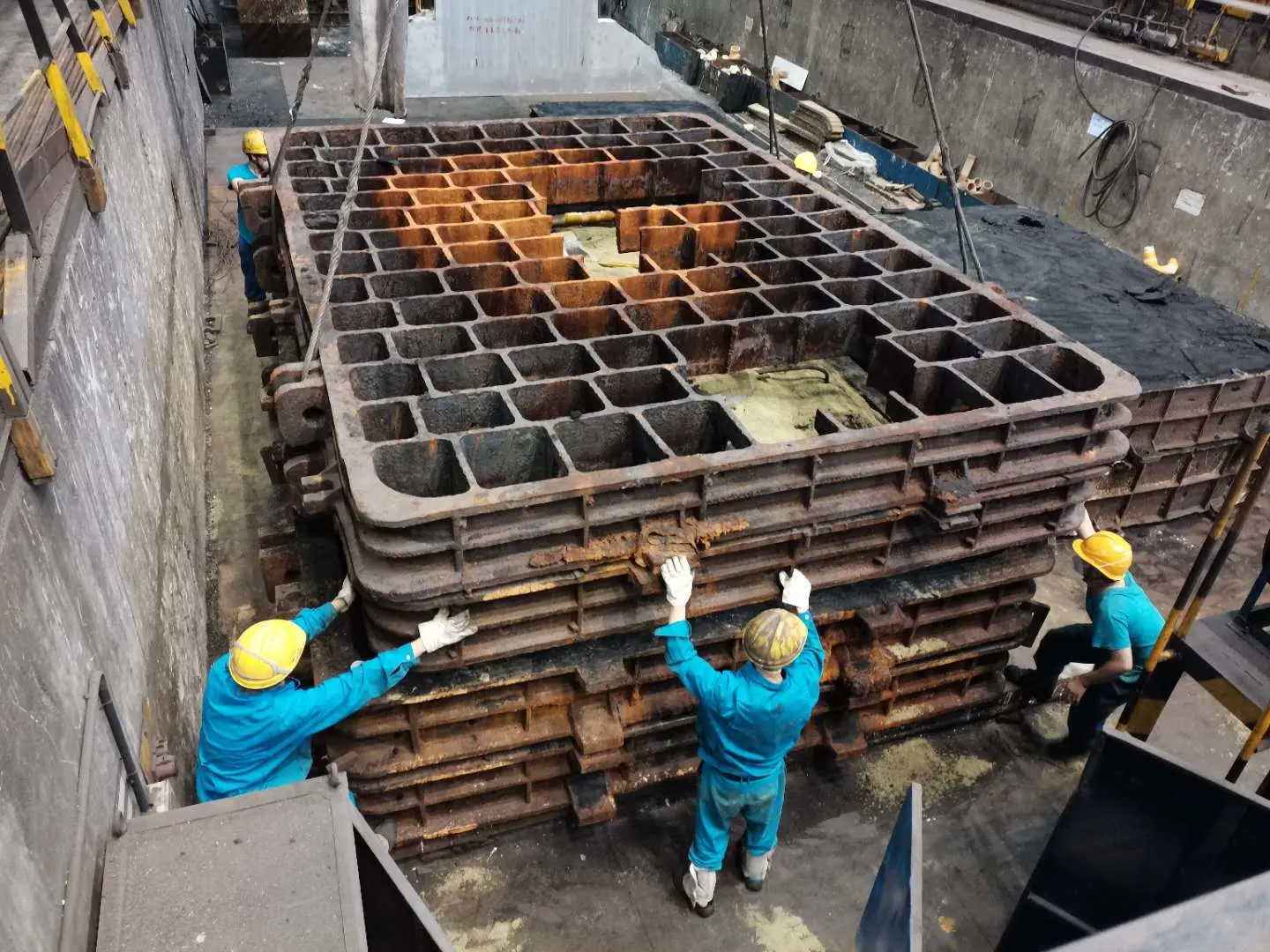

Operational setup encompasses various elements, including energy consumption and maintenance of equipment. Sand casting operations are energy-intensive, but adopting energy-efficient technologies can reduce costs. Regular equipment maintenance, although an additional expense, prevents costly downtimes and prolongs the life of machinery. The experience and expertise of a foundry can greatly affect the sand casting cost. Foundries with years of experience offer valuable insights into optimizing the casting process, reducing waste, and improving product quality. Their expertise contributes to a more streamlined operation, ultimately lowering costs. Authoritativeness and trustworthiness are paramount in choosing a partner for sand casting. Collaborating with established and credible foundries ensures adherence to industry standards and certifications, guaranteeing reliable outputs. Detailed case studies, client testimonials, and industry certifications are vital indicators of a foundry's reputation. In conclusion, while sand casting remains one of the most cost-effective methods for producing metal parts, understanding and managing its cost components is crucial for maximizing efficiency. Only through strategic planning, investment in quality materials, skilled labor, and a reliable partner can businesses effectively manage sand casting costs. As such, maintaining a balance between initial expenditure and long-term gains is key to a successful casting operation. Post time:Fev . 14, 2025 09:54
Next:unique sand casting
